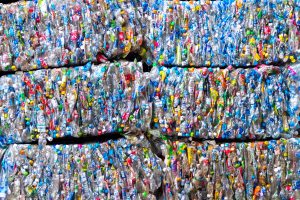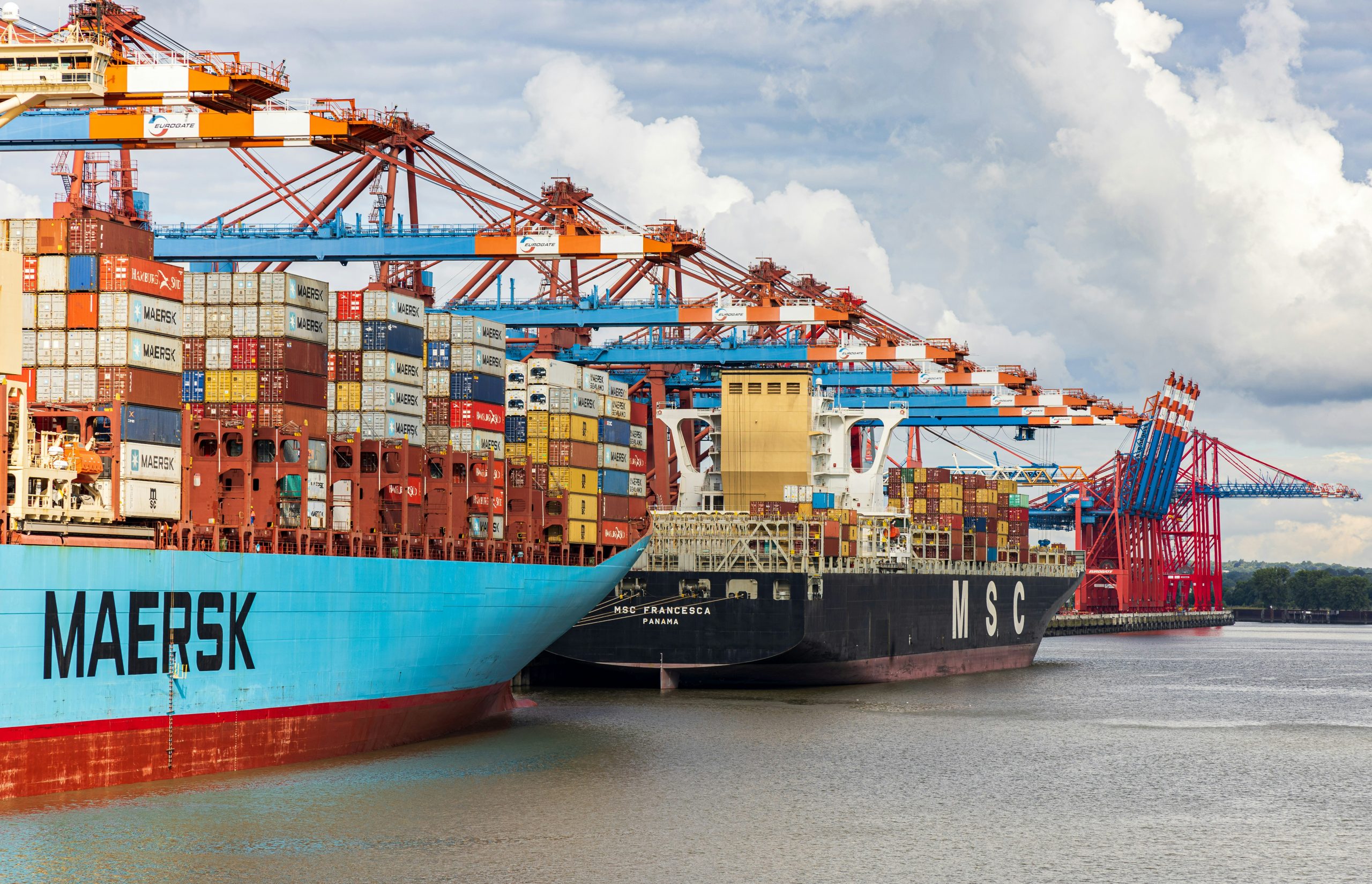Connected, complex, and carbonized: The country archetypes of the petrochemicals sector
New paper from Ella Jennings, Penny Hamlin, Chris Hamlin and Jonathan Cullen develops a theoretical archetype model of the petrochemicals industry based on how countries interact with the supply chains. The purpose of this model is to position countries within the model to align them to an archetype, or to several archetypes in some cases, which have decarbonization measures suited to their characteristics.
The petrochemicals sector is known to be “hard-to-decarbonise” due to its innate requirement for fossil fuels for feedstocks, high greenhouse gas emissions, and highly interconnected and complex supply chains. The sector’s complexity makes it difficult to decipher how, when, and where to intervene.
Every country has a different level of embroilment in the petrochemicals sector, further complicating the solution space, with no one-fits-all policy recommendation. This research examines the structure of the petrochemicals sector to categorize countries into groups which will respond similarly to different decarbonization solutions.
The Country Archetypes of the Petrochemicals Sector (CAP) model categorizes 152 countries within a three-dimensional grid, with eight archetypes established at the corners. The characteristics of each archetype, and their implications for decarbonization strategies are discussed. The CAP model can facilitate region-specific recommendations for decarbonization options and investments to have the most success in reducing Greenhouse Gas emissions.
Click here to read the full article in Energy, Research & Social Science.






